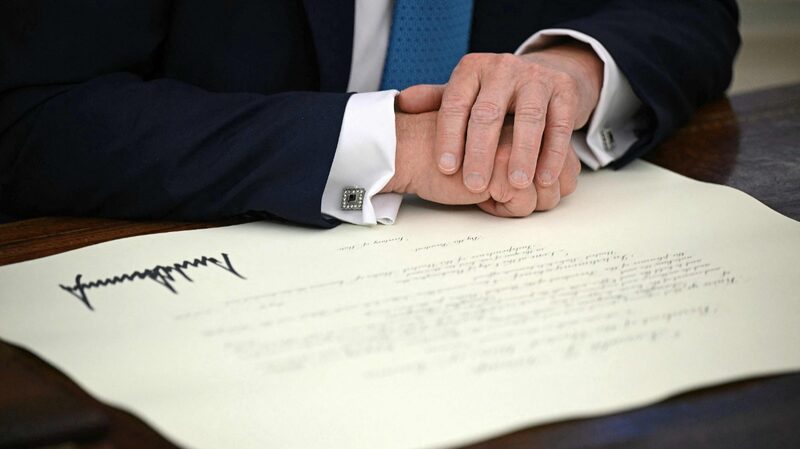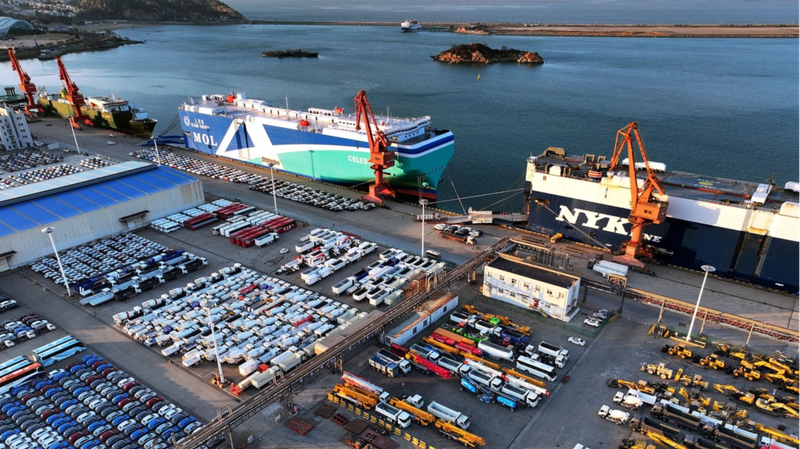U.S. tariffs imposed in April 2025 have triggered a heated debate: Do they protect American industries or inadvertently destabilize vulnerable economies worldwide? Over 180 countries, including United Nations-designated Least Developed Countries (LDCs), now face heightened uncertainty as President Donald Trump’s administration enforces a 10% baseline tariff, with rates surging as high as 50% for some nations.
Southeast Asia’s Fragile Industries at Risk
In Cambodia, Laos, and Myanmar—where poverty rates remain high—tariffs targeting garments, agriculture, and mining threaten to derail economic recovery. Cambodia’s textile sector, a lifeline for 20% of its population living below the poverty line, faces 49% tariffs. Laos, still rebuilding from a 2023 dam collapse, contends with 48% levies on exports, while Myanmar’s post-earthquake manufacturing revival is jeopardized by 44% duties.
Africa’s Struggling Economies Hit Hard
Lesotho’s $2 billion GDP economy, already battling 25% unemployment, confronts a 50% tariff on textiles—a sector employing 30% of its formal workforce. Madagascar, where 75% survive on less than $1.90 daily, sees 47% tariffs on vanilla and cloves, which generate 20% of its export revenue. Analysts warn these measures could deepen poverty and social instability.
Geopolitical Shadows Over Trade Policy
Experts suggest the tariffs align with broader U.S. efforts to counterbalance China’s Belt and Road Initiative (BRI) by pressuring its partners. Siwage Dharma Negara of Singapore’s ISEAS Yusof Ishak Institute notes that while the policy may aim to shift supply chains away from geopolitical rivals, the immediate burden falls on low-income workers. Cambodian garment laborers earning $200 per month and Laotian farmers in flood-prone regions face acute vulnerabilities.
Supply Chain Disruptions and Regional Fallout
Vietnam’s electronics sector, Indonesia’s auto industry, and Thailand’s manufacturing hubs grapple with tariffs up to 46%, disrupting multinational supply chains. Bangladesh’s $46 billion apparel industry, employing over four million mostly female workers, now navigates a 37% tariff as it transitions from LDC status. Sri Lanka, amid an IMF bailout, faces 44% duties on $5 billion in apparel exports.
Global businesses like Nike and Adidas may absorb higher production costs in Indonesia, but smaller economies lack such flexibility. The tensions highlight a clash between national economic agendas and the realities of global interdependence.
Reference(s):
cgtn.com








